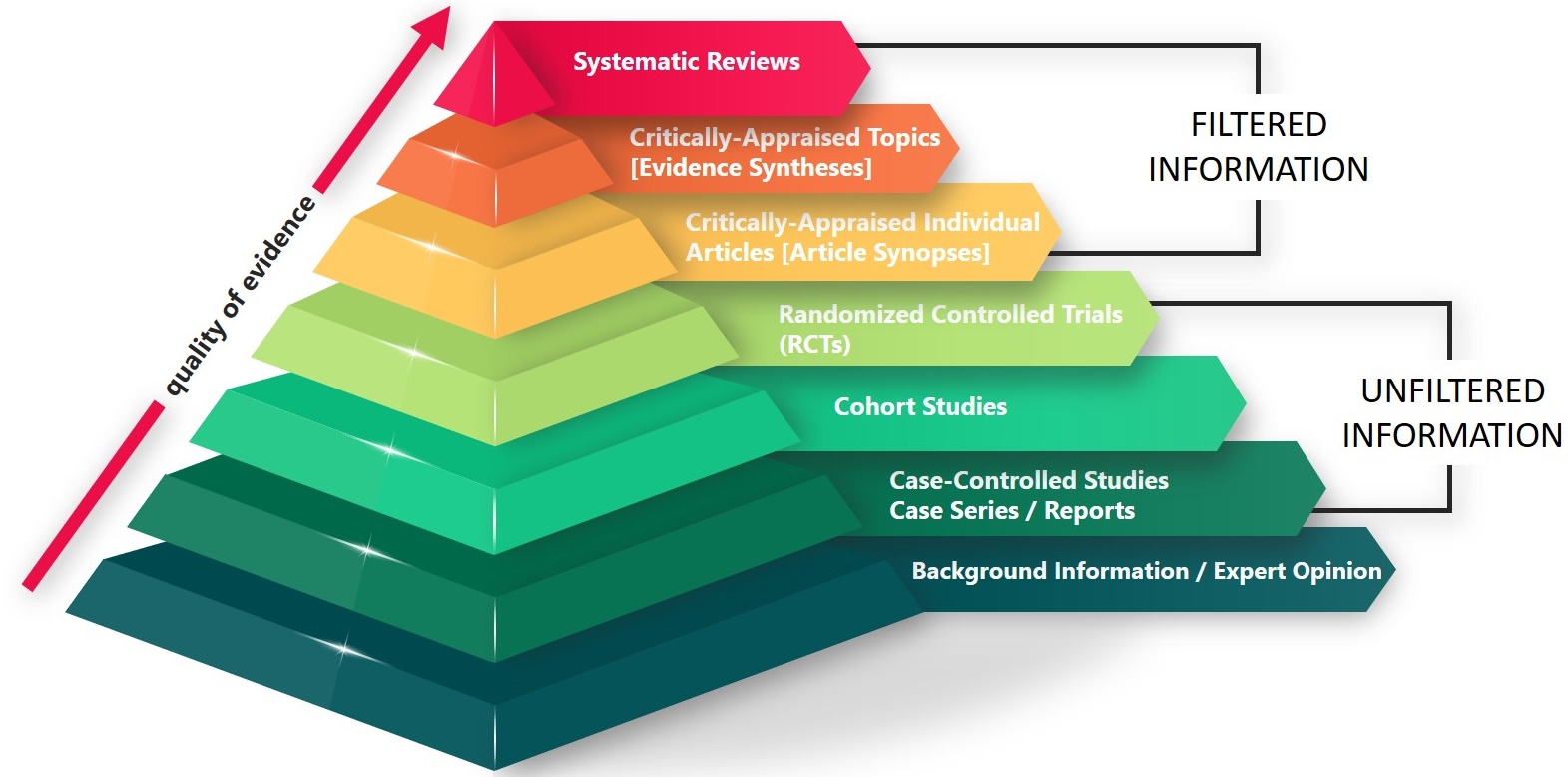1 Asking the Right Question
Breadth, depth, and time
Formulating a Review Question
Remember that just like writing a research paper, you are trying to answer a question. The difference is you will only be summarizing the conclusions and efforts of others, not putting together your own ideas. As a result, it is essential to ask a question that is answerable. Many things you might be curious about might be impossible to research, either because they are such vague concepts there is no way to search for them in a database, or because the factors that interest you are not observable by other humans (example: what happens in people’s dreams) or measurable using scientific research methods. Read the following example of creating a research question and do the following activity:
Frankie’s Family Therapy Review
Frankie listened to Esther Perel’s podcast, Where Should We Begin (https://www.estherperel.com/podcast), and is now intrigued by systemic therapy. Frankie wants to know more about it but finds a ton of literature on the topic. So, Frankie decides to select one approach (family therapy, a common approach within systemic therapy) and one specific indication (bereavement, a topic very personal to Frankie) and then sets out to formulate a concrete review question (“What are the effects of family therapy on social functioning in the context of bereavement?”). The focused question will ensure that it can be answered, and it is specific enough to keep the review manageable. It specifies (a) the intervention (family therapy), (b) the outcome that will measure the effect (social functioning), and (c) the context or clinical indication (i.e., bereavement) because the question of whether family therapy is helpful may depend on what it is being used for. Frankie knows that social adjustment is a broad field but that functioning narrows it down to a specific aspect that can be measured. Frankie acknowledges that results of family therapy will vary a lot depending on what exactly is measured and that social functioning needs to be defined (which will be a lot easier after first reading some of the literature).
(Example from Hempel 2020, 15)
Questions to ask yourself about your review question:
- What interests me about this topic? What do I really want to know?
- What causes and effects interest me? Are there interventions being tested, such as treatments for illnesses?
- Who is involved? What is the population to study?
- Age?
- Sex?
- Race?
- Nationality/ethnicity?
- Geographic location?
- Lifestyle?
- Experiences (e.g. trauma)?
- What are the observable aspects of the phenomenon?
- What time scales am I interested in? Historical developments, or only the most current research?
- What terminology is used by researchers in the field to describe the factors above?
You can probably think of many more questions depending on the topic, but you get the point. Interrogate your question so you know you’re looking for the right thing when you are ready to start searching. Answers to questions like these can help you develop your inclusion criteria to include only the most important and useful papers, and to narrow down your search results when we get to the database search chapter.
Formulating Inclusion Criteria
The Evidence Hierarchy Pyramid

Potential Inclusion Criteria
- Levels of evidence
- Publication format
- Population
- Independent variable
- Dependent variable
- Study design or methodology
- Language of publication
- Currency of publication
- Availability!

